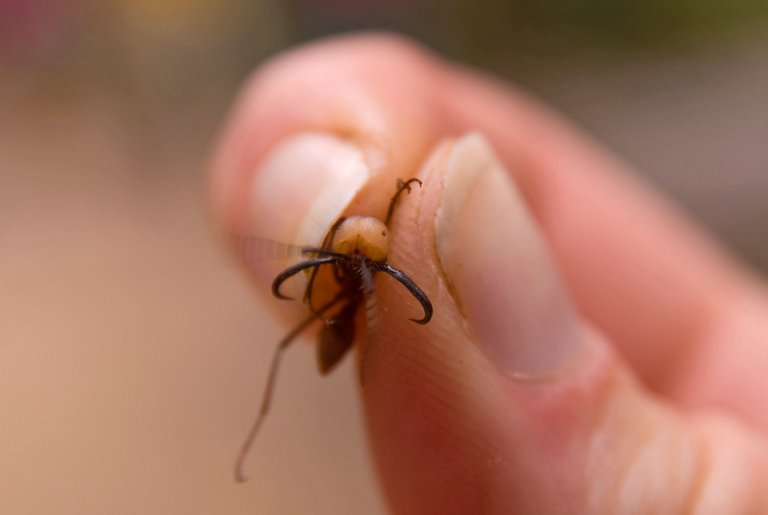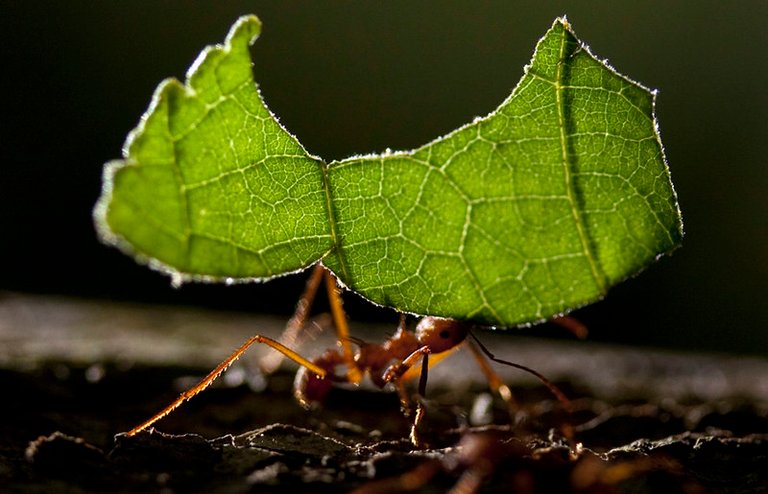A look into the Strength of Bones and Exoskeletons
No doubt humans are able to pull some heavy weight and this is even specific for weightlifters, but then if we are to compare what humans carry to what other animals carry, it can look light. For instance if a human had the strength in retrospect to a Leaf cutter ant, or a Dung beetle then they should be able to lift a car at ease or a truck with pleasure as those ants are able to carry objects far bigger than them with just their jaw. If the secret is bones, then how do these insects do it without bones?
For every specie with a skeleton inside, there are over 20 animal species with exoskeleton. We attribute everything we can to our bones that are rigid enough to make us stand without breaking, and flexible enough to move about. In adult humans we have about 206 bones and I use the word about because some can have to 208 ribs because 1 in 8 humans have an extra rib and some have a pair of rib less making it 204 bones. The bones in the hands and feet and over half of the entire bones in the body.
The bones might look like they aren't doing much in the body but look at red blood cells that carry oxygen to the brain and other parts of the body is produced in the bone, when it comes to hearing, bones have a lot to do and although they are little, they are functional to the ear. These organ is made up of 70% mineral which is made of an inorganic material known as hydroxyapatite, and a protein known as collagen which prevents it from breaking. The total bones in the body can withstand up to 1 ton of load, and it is usually the last part of the body to decompose.
Bones (Oss-Ome - Latin) could be dated back to about 1.5 billion years ago when tectonic plates were washing minerals like calcium into ancient oceans which would one day become skeletons. Early skeleton-less multicellular organisms depended on water to support their bodies and about 558 million years ago due to evolution, life of skeleton split into two with the Protostomes and Deuterostomes with Protostome organisms developing external skeleton they further divided into arthropods, modern insect and crustaceans. On the other branch which is that of Deuterostomes soft cartilage back rod-like animals began to develop scaffolding for muscles for the purpose of movement and those tissues were the precursors for bones.
Soon the mineral muscles were slowly internalized becoming early backbones becoming the key part of vertebrate skeleton. In plants we have cellulose and lignin, Calcium shells (Calcite and Aragonite) in molluscs and coral, and mineral bones (Hydroxyapatite) in humans but this isn't the same for insect and crustaceans. They built exoskeleton from sugar known as Chitin which is similar molecules to cellulose in plants but it is more stable and harder.
This type of skeleton is hard giving the insect strength gram for gram but we do not possess them and that is because of evolution but then it is not going to be an easy one for us with growth if we had exoskeleton. When insects with exoskeleton want to grow, they need to molt which is shedding their old skeleton. This process leaves them soft and vulnerable for days or weeks depending on the animal. Flexibility is another thing that exoskeleton would not give to insects. Also, talking about their strength, chitin exoskeleton is only worth its strength if the animal is small but when they are bigger, their body mass would possibly increase in comparison to their legs and this can cause their legs to break while trying to carry their mass.
Human bones and insect exoskeletons are both remarkable adaptations that offer unique advantages. While human bones provide support, flexibility, and play vital roles in various bodily functions, insect exoskeletons offer strength and protection. The evolutionary paths of internal and external skeletons have equipped different species with specialized structures to thrive in their environments. Understanding these differences highlights the incredible diversity of life and the ingenious solutions nature has developed to meet the challenges of survival.
Reference
https://www.smithsonianmag.com/science-nature/skeleton-keys-bones-connect-life-past-present-future-180971617/
https://www.science.org/content/article/how-did-animals-get-their-skeletons
https://pubs.geoscienceworld.org/gsa/geology/article-abstract
https://zoologicalletters.biomedcentral.com/articles/10.1186/s40851-014-0007-7
https://www.nature.com/articles/nature09704
https://www.ecmjournal.org/smi/pdf/smi99-08.pdf
https://www.nature.com/articles/s41559-018-0624-1
https://www.ncbi.nlm.nih.gov/pmc/articles/PMC3237026/


I was explaining to my kids one of these days about exoskeletons.. thats how we created and built armors hehehe observing arthropods
Thanks for your contribution to the STEMsocial community. Feel free to join us on discord to get to know the rest of us!
Please consider delegating to the @stemsocial account (85% of the curation rewards are returned).
Thanks for including @stemsocial as a beneficiary, which gives you stronger support.